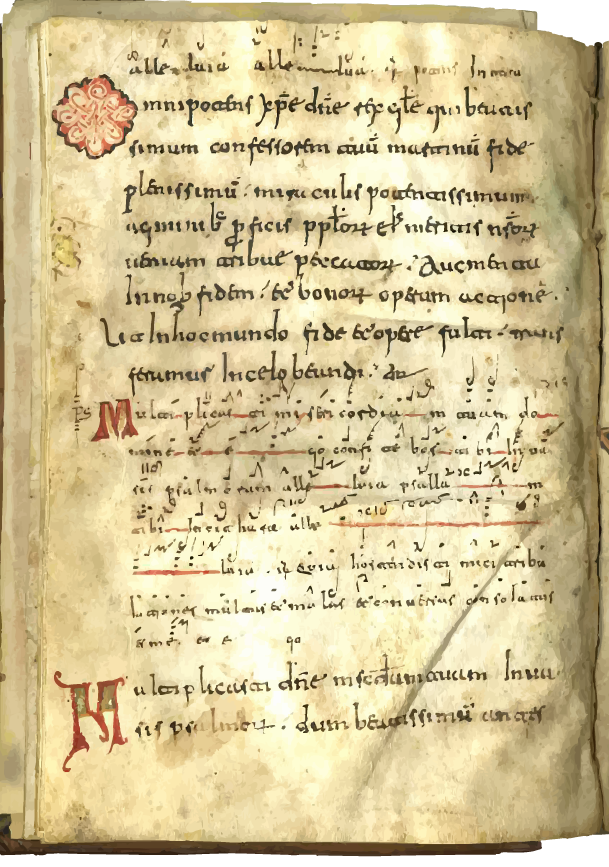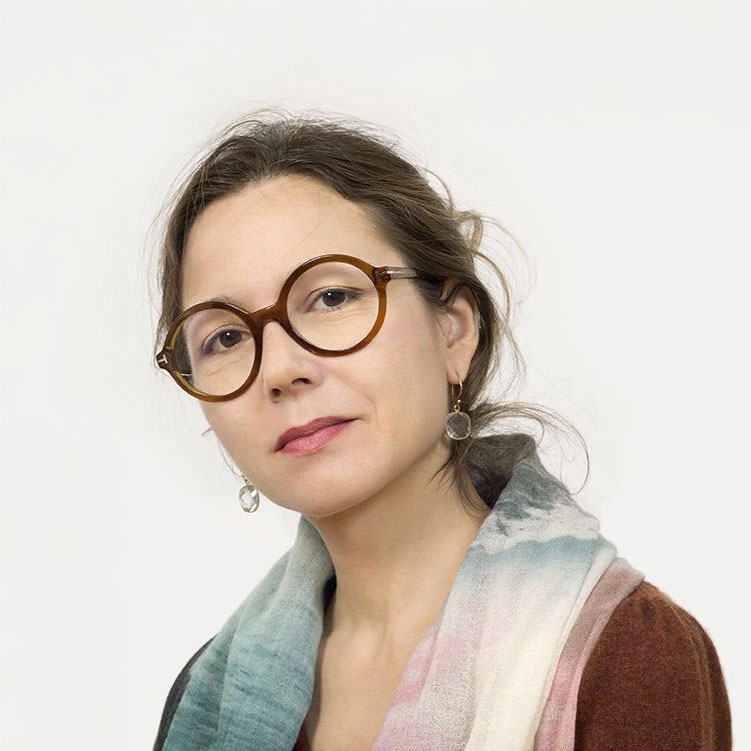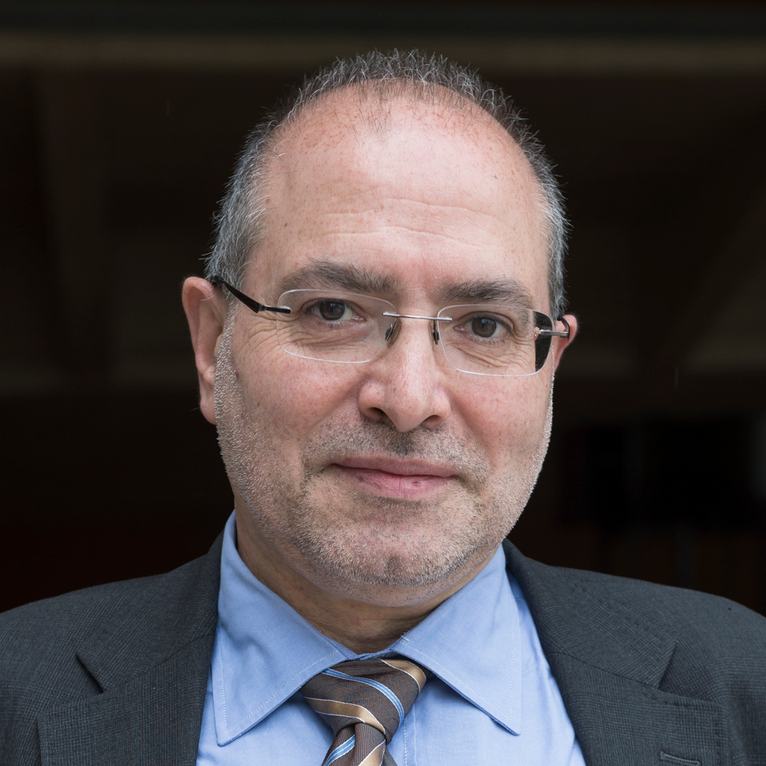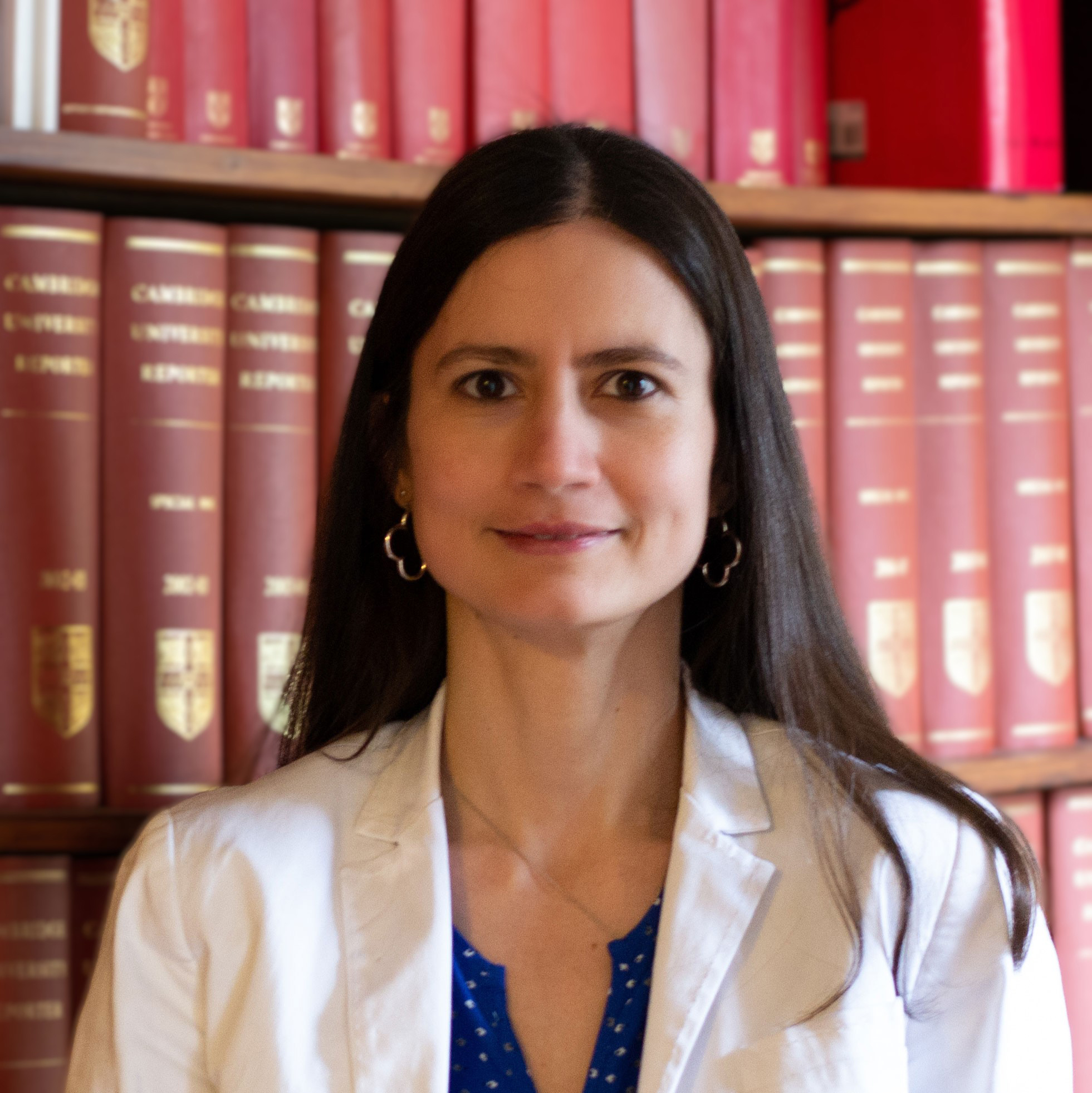Early Plainchant Notations
RESOUND Lecture Series

About the Series
Embark on a journey through the history of musical notations with the RESOUND Lecture Series, focusing on the diverse and intricate systems of Early Plainchant. This series brings together renowned scholars to present in-depth explorations of specific notational traditions.
Early Plainchant notations provides invaluable insights into the development of Western music. This lecture series offers a unique opportunity to learn about different regional approaches to preserving and transmitting these ancient melodies. Each session will be presented by an expert in the field, offering the latest research and analysis.
Scheduled Lectures
March 27th 2025 at 10:00 CET
Novalesa Notation

Christelle Cazaux-Kowalski
University of Applied Sciences and Arts Northwestern Switzerland
BIO
Christelle Cazaux is a scholar specializing in medieval musicology. Trained at institutions like the École nationale des chartes, she graduated as “archiviste paléographe” and earned her Ph.D. from the École pratique des hautes études.
Her research focuses on early Latin plainchant and notation, exploring the relationship between orality, writing, and musical practice. She also investigates Early Renaissance musicians. Dr. Cazaux has held positions at the Bibliothèque nationale de France and the University of Poitiers, and currently serves as a Research Associate at the Schola Cantorum Basiliensis / FHNW.
She is the director of the SNF project “Carmina Burana Online,” a digital initiative dedicated to the Codex Buranus.
April 7th 2025 at 10:00 CET
Beneventan Notation

Matthew Peattie
University of Colorado Boulder
BIO
Matthew Peattie holds degrees from the University of Calgary, l’Université de Montréal, and Harvard University.
His research explores the early history of music writing, particularly the relationship between aurality and notation. He is also a typeface designer for early music and a performer of diverse musical styles.
Notable publications include his work on Beneventan chant, and he co-authored The Music of the Beneventan Rite.

Tetyana Shyshnyak
Associazione OrbiSophia, Benevento
Musical Examples
April 24th 2025 at 10:00 CET
Catalan Notation

Joaquim Garrigosa i Massana
Ateneu Universitari Sant Pacià de Barcelona
BIO
Joaquim Garrigosa i Massana is a renowned scholar in the field of musicology, with a focus on medieval music. His expertise encompasses the study of liturgical chant and its notation, particularly within the Catalan context.
He has dedicated significant research to the analysis and interpretation of early musical sources, contributing substantially to our understanding of the musical heritage of Catalonia. His work delves into the historical and cultural significance of medieval music manuscripts.
May 14th 2025 at 10:00 CET
Hispanic Rite Notation

Raquel Rojo Carrillo
Instituto Complutense de Ciencias Musicales
BIO
Raquel Rojo Carrillo is a Senior Musicologist at the ERC-funded project RESOUND and Honorary Research Associate at the University of Bristol, where she earned her PhD.
Her research focuses on the plainchant repertoires of medieval Iberia, combining musicological, palaeographical, and liturgical perspectives. She is Coordinator of Hispanic rite chant sources in the Spanish Early Music Manuscripts Database and co-created neume taxonomies for chant analysis.
Her publications include the book Text, Liturgy, and Music in the Hispanic Rite: The Vespertinus Genre and articles in the Journal of Medieval Iberian Studies.

David Santana Cañas
Universidad Complutense de Madrid
BIO
David Santana Cañas is a musicologist who obtained his doctorate from the Complutense University of Madrid in 2024 with a dissertation on “The Toledan Sources of Hispanic Chant.”
His research centers on the study of these southern and late sources of the Hispanic rite, with a focus on comprehensive analysis of Toledan sources.
He has been a member of the SEMM project since 2019 and is currently working on the RESOUND project.
MODERATORS – ORGANIZERS
Carmen Julia Gutiérrez González
Raquel Rojo Carrillo
FREE REGISTRATION
Registration is now closed.
